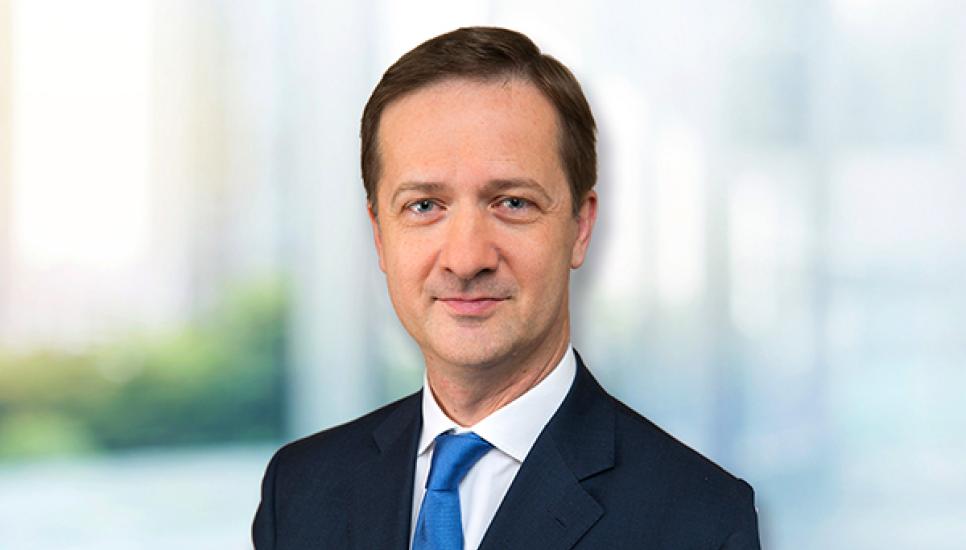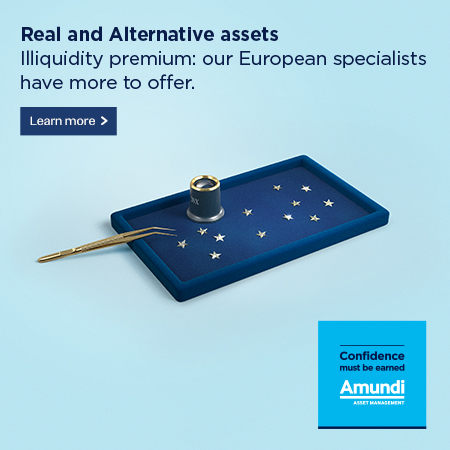European alternatives have a bright future

Covid-19 has created challenges for performance and fundraising in the short term, but the longer-term prospects are strong and the capital shift to alternatives will continue, says Amundi Asset Management.
The Covid-19 crisis obviously caught us off guard by the speed with which it spread and the force of the virus. We had to deal with it by adapting to a new environment and new ways of working. Countries in Europe are now learning to live with the virus, and its impact is not behind us by any means, and the coming months could be crucial for our industry.
 Given this level of uncertainty, it is worth looking at the consequences of the Global Financial Crisis (GFC) of 2007-2008—the last major systemic crisis—to try to assess the repercussions of the current environment on private markets. Funds that deployed their capital in 2005-2006 posted poor performance. Acquisitions by those funds were fully valued at the top of the cycle and then sold on bases—multiples and levels of earnings—that led to low IRRs. In addition, the GFC had a very negative impact on fund inflows in 2009, and it took more than seven years for fund raises in Europe to match pre-GFC levels. On the performance front, however, the vintages immediately after the GFC performed well.
Given this level of uncertainty, it is worth looking at the consequences of the Global Financial Crisis (GFC) of 2007-2008—the last major systemic crisis—to try to assess the repercussions of the current environment on private markets. Funds that deployed their capital in 2005-2006 posted poor performance. Acquisitions by those funds were fully valued at the top of the cycle and then sold on bases—multiples and levels of earnings—that led to low IRRs. In addition, the GFC had a very negative impact on fund inflows in 2009, and it took more than seven years for fund raises in Europe to match pre-GFC levels. On the performance front, however, the vintages immediately after the GFC performed well.
Is this pattern going to repeat itself with the Covid crisis? To borrow from Reinhart-Rogoff’s famous book: This time is different!
On the performance front there is a risk that the pattern will be repeated for the most recent vintages, because it will probably take three to four years for income at companies in many sectors to recover to 2019 levels.
But when it comes to fund raising, liquidity is abundant and central banks, particularly the ECB, have been much more accommodating than they were in 2008-11. Fundraising will be supported by this liquidity and investors’ quest for returns that will not be available in many markets, given the low level of interest rates, constraints on dividends, and equity market levels.

So while there is a good chance that 2020 will be particularly difficult for new funds, or first-time funds, as the ‘winner takes all’ phenomenon observed over the past three years is likely to intensify, we believe that longer term, real assets will continue to attract increasing flows.
We are indeed persuaded that the overall shift toward alternative assets is not about to stop, even if fundraising and performance are negatively impacted by the Covid-19 crisis. This shift is fuelled by powerful forces.
Firstly, the equity markets appear to be expensive after the very strong rebound experienced since the start of the Covid crisis, and current interest rate levels will probably not enable liabilities to be met via bond markets’ returns, particularly in the pensions and insurance sectors.
Secondly, many investors realise that the performance of alternative assets is not measured solely by their illiquidity premium, but also by their contribution to the robustness of portfolios.
Thirdly, these alternative assets play a key role in financing the real economy. At a time when ESG investing is becoming the norm, real assets strategies are particularly well positioned to implement concrete ESG policies, and they clearly advertise their responsible objectives. They have demonstrated their usefulness in this respect during the Covid crisis. For example, in the real estate sector, some fund managers have agreed to defer or reduce the rents paid by the tenants of their buildings.

Private debt managers have also granted payment facilities or deferred interest to avoid liquidity crises and to support government measures. Similarly, private equity GPs have accepted interest payment deferrals on convertible bonds (quasi-capital) or waived certain dividends. Lastly, in the infrastructure sector, airports have waived the parking charge for aircraft grounded at their airfields due to the crisis.
These measures will certainly affect the performance of recently invested funds, but we believe that protecting investors’ interests and financing the real economy are not contradictory—quite the contrary. The payment facilities granted by alternatives managers during the crisis will help to protect clients’ interests and fund performance in the medium- to long-term, and we must accept this volatility in short-term performances. Just as we must accept the idea that the decorrelation between private markets and listed markets has been overestimated.
Finally, while these strategies have been widely used in the institutional markets, changes in EU regulations, particularly the availability of a new format geared towards affluent and high net worth investors, will further help break into new pockets of demand. We are slowly but surely seeing the emergence of European Long-Term Investment Fund (ELTIF) solutions which, although imperfect, are highly innovative. They should make it possible to expand private markets and investment in real assets, in the same way the UCITS encouraged the development and democratisation of traditional mutual funds.
This is why the European alternatives industry has a bright future ahead and why, despite the concentration of inflows into mega funds, it is far too early to know who the ultimate winners will be.







